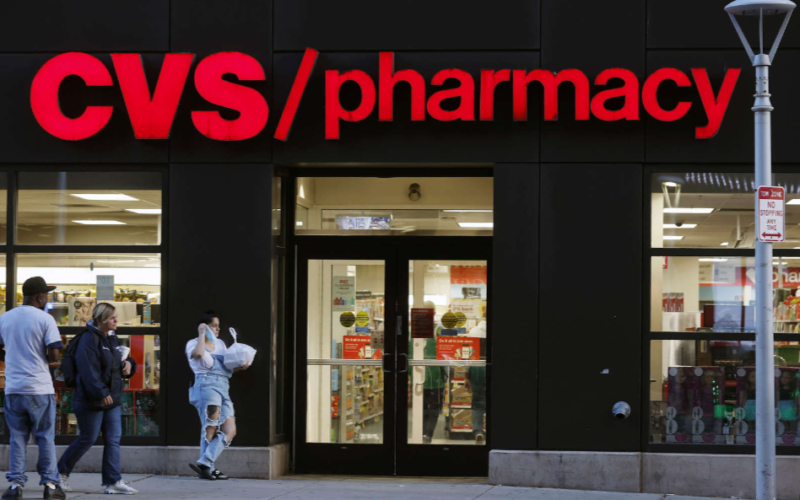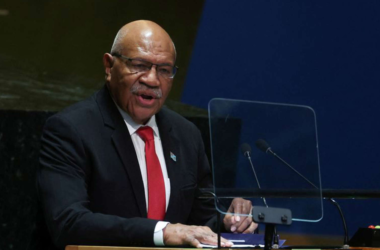The closure of drugstore chains across the United States, driven by a complex mix of factors, has left millions of Americans without easy access to essential pharmacy services. As the nation’s largest pharmacy retailers grapple with increasing competition, mounting opioid lawsuits, and various economic pressures, they are streamlining their operations, resulting in the closure of hundreds of stores. This trend is exacerbating the issue of “pharmacy deserts,” disproportionately affecting vulnerable communities, including those that are predominantly Black, Latinx, and low-income.
Major drugstore chains, such as Rite Aid, CVS, and Walgreens, have made significant announcements over the past two years to shutter more than 1,500 stores collectively. This move has raised concerns among public health experts who have witnessed the immediate consequences, primarily affecting neighborhoods that can least afford it. As these closures cascade across the country, many communities face the stark reality of having limited or no access to vital pharmacy services.
The phenomenon of “pharmacy deserts” describes areas where the closure of pharmacies has left residents without convenient access to essential healthcare resources. These communities typically have limited healthcare infrastructure, making it challenging for individuals to access prescription medications, over-the-counter drugs, and other essential health products. Moreover, these areas often experience health disparities, which are further exacerbated by the lack of accessible pharmacies.
One striking aspect of the pharmacy closures is their disproportionate impact on communities that were already vulnerable. Neighborhoods primarily inhabited by Black, Latinx, and low-income individuals are often the first to lose their pharmacies. This exacerbates disparities in healthcare access, with marginalized populations bearing the brunt of the consequences. People in these areas face difficulties in managing chronic conditions, obtaining vital medications, and accessing healthcare advice.
The drugstore chains’ decision to reduce their store footprint can be attributed to various factors, including increasing competition from e-commerce and discount retailers. Additionally, these pharmacy giants have been embroiled in a wave of opioid-related lawsuits, which have further strained their financial resources and influenced their strategic choices.
The alarming rise in drugstore closures underscores the urgency of addressing access to pharmacy services as a critical public health issue. Experts and advocates are calling for targeted interventions to ensure that all communities, regardless of their demographics or economic status, have equitable access to pharmacies. This includes considering measures to incentivize pharmacies to operate in underserved areas and exploring the role of telepharmacy and mobile units in bridging the access gap.
The closure of hundreds of drugstore locations by major chains reflects a challenging landscape for the pharmacy industry. While these decisions are influenced by various factors, their impact on already-vulnerable communities is a matter of great concern. Resolving the issue of pharmacy deserts and ensuring equitable access to healthcare services is essential to safeguard the health and well-being of all Americans, regardless of their socioeconomic status or where they live.








